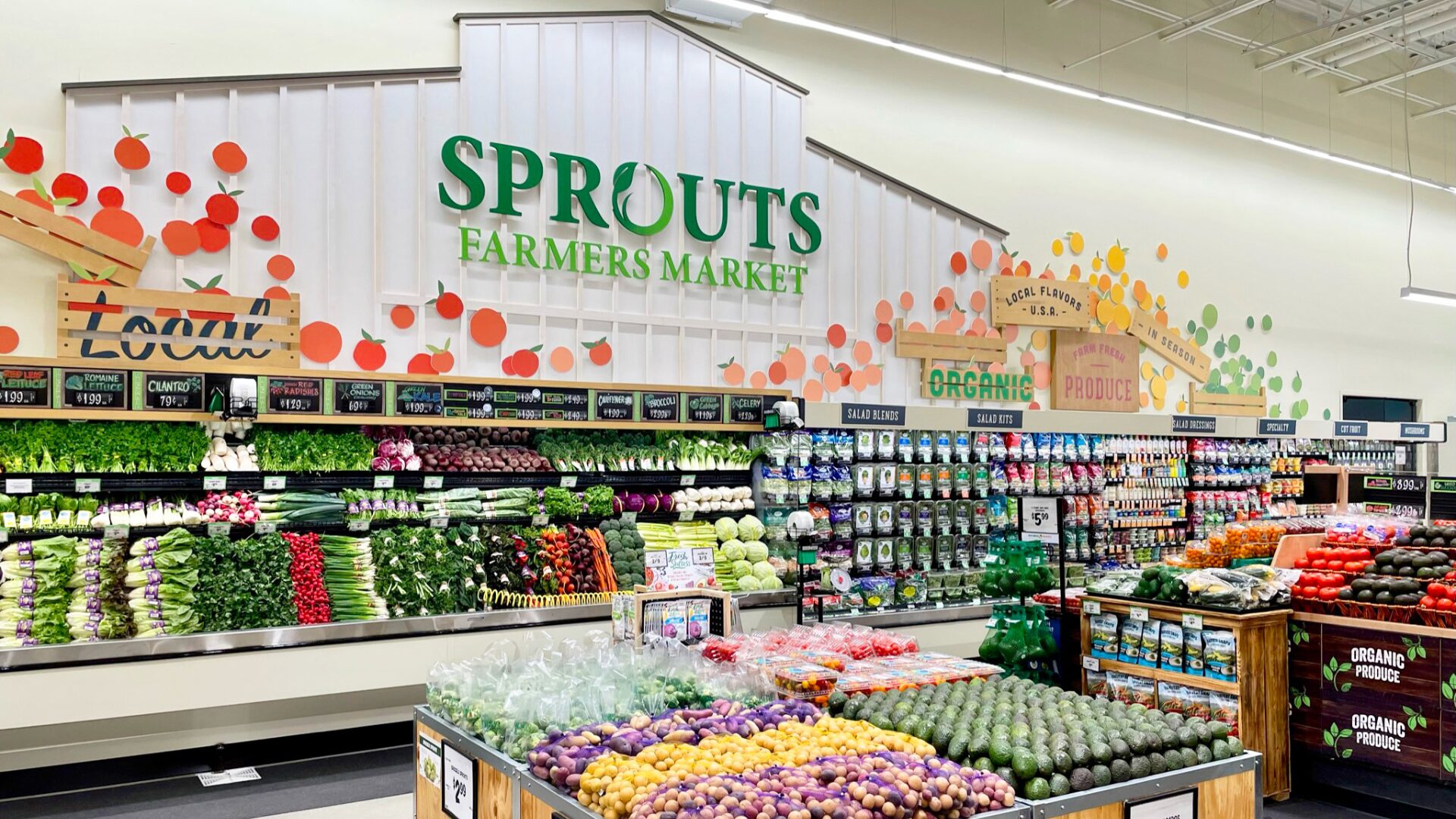Eighty-five million Americans are impacted by food allergies and intolerances, according to Food Allergy Research and Education (FARE), an organization engaged in food allergy advocacy.
These days, an increasingly common allergy relates to gluten. Celiac disease, an autoimmune disease that occurs in genetically predisposed people where the ingestion of gluten leads to damage in the small intestine, is estimated to affect 1 in 100 people worldwide.
With May being Celiac Disease Awareness Month, here’s a closer look into the challenges gluten-free diners face and how restaurants can become more accommodating.
CHALLENGES FOR GLUTEN-FREE DINERS
A survey by Good For You Gluten Free revealed that eating out safely is the top challenge facing the gluten-free community at 85%. It was followed by the high cost of food (71%), feeling anxious about food (55%), maintaining a healthy weight (53%), and being healthy (51%).
“Most gluten-free people want to eat at restaurants…yet eating out poses a high risk of cross contamination that can leave someone sick to their stomachs,” said Jenny Levine Finke, founder of Good For You Gluten Free, in a press release.
Notably, nearly 78% describe their gluten-free diet as “very strict”, yet 44% say they “would” or “maybe would” eat something that came in contact with gluten. “The fact that nearly half of the respondents say they would eat something that came in contact with gluten is disturbing but not surprising given the high burden of the gluten-free diet,” said Finke. “Unfortunately, such resolve may come at a cost to one’s health.”
HOW RESTAURANTS CAN ACCOMMODATE
It’s imperative that restaurants are educated on how to handle celiac and gluten-free customers in order to safely accommodate them. In a recent email to The Food Institute, FARE outlined these four key steps:
- Staff training is vital. In a 2016 survey, more than 10 percent of restaurant managers, food workers and servers believed that people with food allergies could safely eat small amounts of those foods. This is absolutely false. For someone with celiac disease, small amounts of gluten can cause debilitating symptoms and lasting damage. Make sure staff ask every guest about food allergies, every time, to clearly identify and manage any food restrictions.
- Menu management creates more gluten-free options and fewer opportunities for accidental exposure. Examples include choosing an ingredient other than wheat flour to thicken sauces, or stir-frying with gluten-free tamari rather than wheat-containing soy sauce.
- Menu transparency helps guests know more about the ingredients in each dish so they can avoid hidden sources of gluten. Flagging common allergens on the menu can be very helpful, but remember, just because an ingredient is free of wheat doesn’t mean it’s free of gluten. Malt syrup, malt vinegar, and most beers are wheat-free but contain gluten from barley.
- An evaluation or audit of the facility can pinpoint where cross-contact is likely to happen, especially in kitchens. Identifying high-risk sites and activities is the first step toward creating procedures to reduce or eliminate risks.











